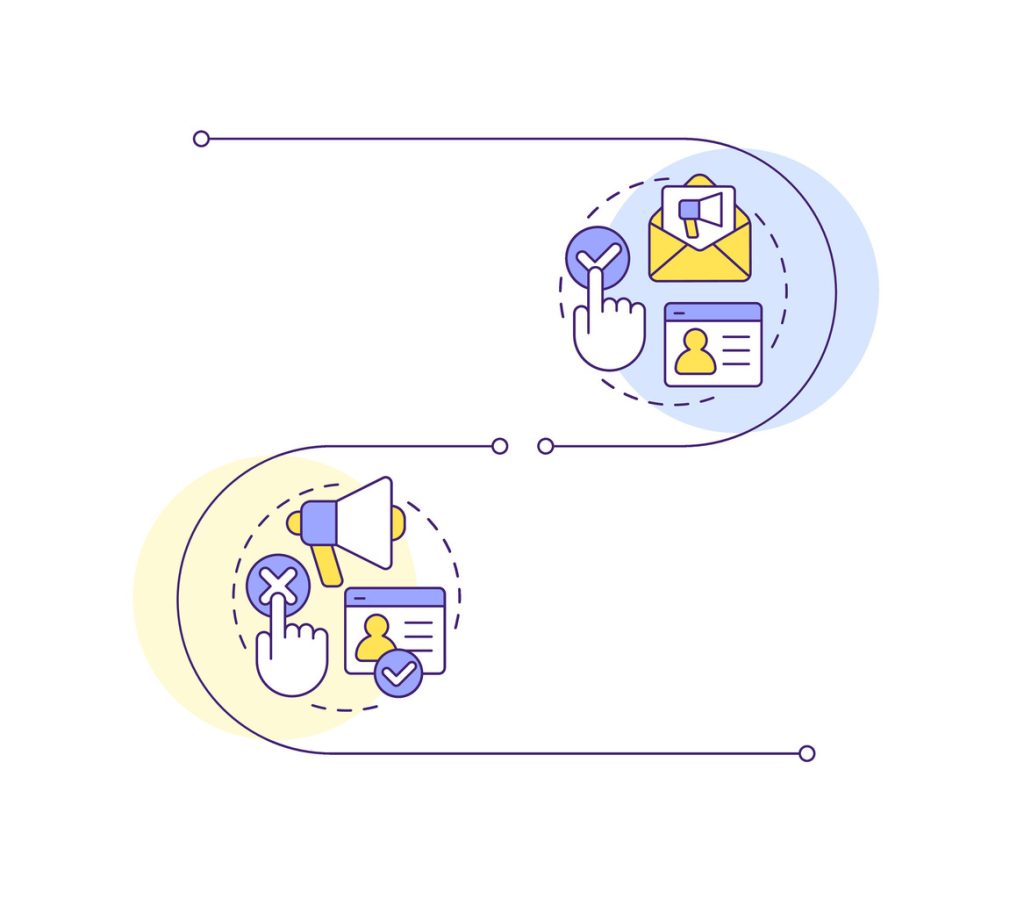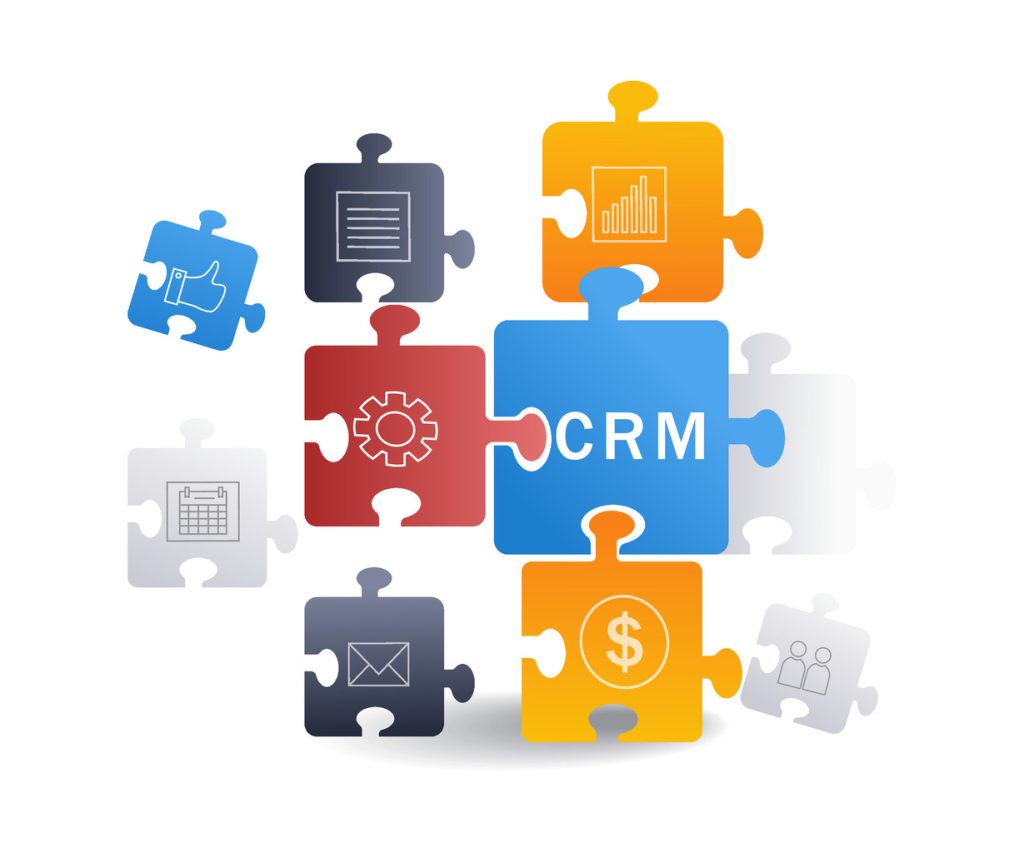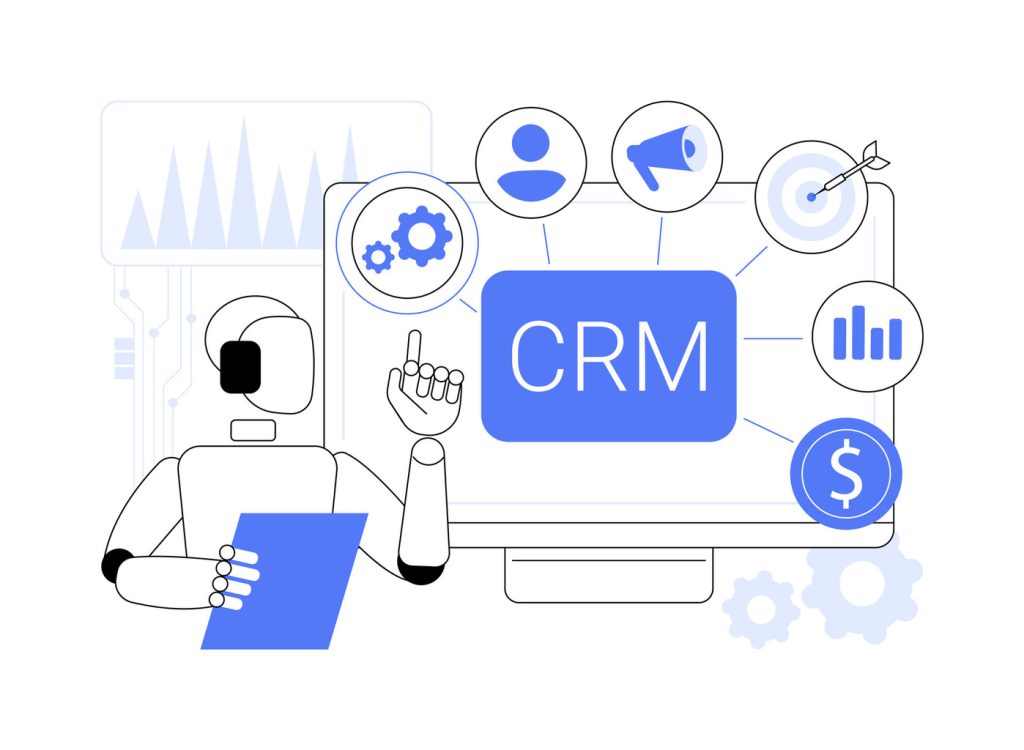Personalization Tokens For Dynamic Content: How-To for Businesses

Modern companies struggle to balance personalized customer interactions with operational demands; however, Personalization Tokens help automate this process without losing the human touch. Generic messaging often fails to engage audiences, while manual customization slows workflows. Data-driven tools now bridge this gap, enabling tailored communications at scale.
These solutions automatically insert customer-specific details into emails, landing pages, and SMS campaigns; moreover, they leverage Personalization Tokens to streamline the process efficiently. Furthermore, by pulling information like names or past purchases from existing records, businesses use Personalization Tokens to create relevant experiences without manual effort. As a result, this approach transforms static templates into adaptable assets that truly resonate with individual recipients.
Studies reveal campaigns using automated customization see open rates jump by 50% compared to generic alternatives. The strategic edge comes from maintaining human-like personalization across thousands of contacts simultaneously. This efficiency lets teams focus on strategy rather than repetitive tasks.
As competition intensifies, scalable marketing tools become essential for customer retention. Platforms offering these capabilities help organizations deliver cohesive experiences across channels while optimizing resource allocation. The result? Stronger relationships and measurable performance gains.
Key Takeaways
- Automated customization solves the challenge of building connections in large-scale operations
- Pre-built templates with adaptable fields streamline communication workflows
- Customer data transforms generic messages into targeted interactions
- Tailored campaigns consistently outperform one-size-fits-all approaches
- Scalable solutions maintain quality across email, web, and mobile channels
Introduction to Dynamic Personalization with Personalization Tokens
Marketing teams now wield tools that automatically reshape messaging based on individual behaviors. This evolution moves beyond generic blasts to meaningful interactions powered by real-time insights. Tailored approaches drive measurable results while conserving resources.
What Adaptive Messaging Delivers
Automated customization lifts performance metrics across channels. Campaigns using behavior-triggered elements see dramatic improvements:
| Metric | Standard Approach | Adaptive Approach | Improvement |
|---|---|---|---|
| Email Open Rate | 18% | 27% | +50% |
| CTA Click-Through | 3.1% | 9.4% | 202% |
| Conversion Rate | 2.8% | 4.7% | 68% |
Building Blocks for Relevance
Accurate records form the backbone of effective customization. Systems must capture:
- Purchase histories
- Website navigation patterns
- Demographic details
- Device preferences
Centralized databases enable teams to activate this information instantly. Regular updates ensure messages reflect recent interactions. One retail brand achieved 37% higher repeat purchases after syncing their CRM with marketing platforms.
Successful implementations map touchpoints across the buyer journey. Teams identify where tailored offers or recommendations create maximum impact. This precision prevents resource waste while deepening audience connections.
Personalization Tokens For Dynamic Content: The Basics

Effective communication strategies now rely on smart placeholders that merge customer details with marketing materials. These systems transform static templates into living documents that adapt to individual recipients automatically.
How Intelligent Placeholders Operate with Personalization Tokens
Adaptive placeholders act as data bridges between CRM platforms and customer-facing materials. When a user opens an email or visits a webpage, these elements pull relevant details like names or past orders from connected databases. One financial services provider increased appointment bookings by 41% using location-specific meeting links in SMS reminders.
Practical implementations showcase three primary use cases:
- Customized email headers addressing recipients by first name
- Product suggestions reflecting recent browsing activity
- Time-sensitive offers adjusted to local time zones
System Specifications and Constraints
Most enterprise platforms require specialized subscriptions to activate advanced features. Marketing automation access often demands premium tiers, while webpage customization tools typically need separate licenses. Technical prerequisites include:
| Requirement | Impact |
|---|---|
| CRM synchronization | Ensures real-time data accuracy |
| Visitor tracking | Enables proper placeholder display |
| Data formatting rules | Prevents errors in complex systems |
Common pitfalls involve incomplete profiles causing blank spaces in messages. Systems can’t process special characters in certain fields, and missing default values may lead to awkward gaps. Regular database maintenance remains critical – 78% of failed implementations trace back to outdated or inconsistent records.
Implementing Personalization in Various Marketing Channels with Personalization Tokens

Businesses achieve maximum impact when adapting communications to match channel-specific opportunities. The process begins with understanding platform workflows while maintaining brand consistency. This approach ensures recipients encounter cohesive messaging whether interacting via inbox or mobile device.
Channel-Specific Adaptation Techniques
Email customization starts in the email editor where marketers select text modules. Teams insert smart fields pulling names or purchase histories from connected databases. Always set fallback values like “Valued Customer” to prevent blank spaces when data gaps exist.
For landing pages, dynamic elements adjust based on visitor origins. A user arriving from a product ad sees related items front-and-center. Key implementation steps:
- Access website page builders through designated content hubs
- Activate conditional display rules for banners or CTAs
- Test variations across traffic sources
SMS integration follows similar logic but requires tighter formatting. Mobile messages use concise placeholders for names or appointment times. One telecom company boosted reply rates by 29% using geo-targeted store locators in texts.
Balancing Simplicity and Complexity
Most platforms offer drag-and-drop template builders requiring minimal technical skills. Marketers can:
- Select pre-designed layouts
- Drag personalized fields into position
- Preview how content renders across devices
Advanced teams enhance templates using code editors. HubL variables like {{contact.firstname}} enable sophisticated logic beyond basic fields. A/B testing reveals hybrid approaches – combining visual editors with light coding – yield the highest engagement across channels.
Successful implementations maintain identical branding and messaging rhythms in emails, web pages, and texts. This cross-channel harmony reinforces recognition while accommodating platform-specific best practices.
Best Practices and Common Pitfalls
Balancing tailored campaigns with operational efficiency requires careful planning. While automation tools offer scale, their effectiveness depends on thoughtful execution. Organizations that master this balance see 35% higher customer satisfaction scores than competitors.
Key Best Practices for Targeted Campaigns
Responsible data use forms the foundation of successful strategies. Align activities with data protection standards like GDPR and CCPA. Three core principles drive results:
- Limit automated elements to high-impact areas like subject lines or product recommendations
- Refresh customer records weekly to maintain accuracy
- Combine smart fields with context-aware content variations
Regular audits prevent outdated information from undermining efforts. One e-commerce brand reduced bounce rates by 22% after implementing monthly data verification checks.
Avoiding Common Mistakes in Automated Systems
Overloaded templates often backfire. Messages containing five or more automated elements see 18% lower response rates than focused ones. Critical errors to avoid:
| Mistake | Consequence | Solution |
|---|---|---|
| Repeating identical phrases | Mechanical tone | Use synonyms and natural language |
| Ignoring empty fields | Blank spaces | Set default values |
| No cross-channel testing | Inconsistent displays | Preview on all devices |
Teams should establish approval workflows for new templates. This prevents rushed deployments and ensures alignment with brand voice guidelines.
Advanced Tactics with Dynamic Content and Velocity Scripting

Forward-thinking organizations elevate their strategies by combining data-driven automation with intelligent programming. Velocity scripting unlocks sophisticated customization beyond basic field replacements, enabling businesses to craft unique experiences for diverse audience segments.
Leveraging Velocity Scripting for Customization
This scripting language processes multiple customer attributes simultaneously. Marketers create rules like “Show winter coat promotions to loyalty members in cold climates” using simple syntax. Key advantages include:
- Conditional displays based on purchase frequency thresholds
- Automated calculations for personalized discount tiers
- Multi-variable decision trees for content variations
One automotive dealer increased service bookings by 33% using scripts that adjust maintenance reminders based on mileage and vehicle age.
Real-World Applications and Conditional Logic
Practical implementations demonstrate scripting’s transformative potential. Retailers display region-specific inventory levels, while SaaS companies tailor pricing pages to user roles. Effective patterns include:
- Time-sensitive offers activated by last-purchase dates
- Product bundles suggested based on browsing history
- Localized event invitations with venue maps
Financial institutions use geographic data to highlight branch-specific promotions. Teams combine CRM data with external APIs to create hyper-relevant messaging that adapts to real-time conditions.
Leveraging Data and Segmentation for Personalization

Smart audience grouping turns raw information into actionable strategies. Businesses that organize their customer bases effectively see 28% higher engagement than those using broad-brush approaches. This method converts scattered details into focused outreach plans.
Optimizing Customer Segments for Targeted Content
Effective audience division relies on three core criteria: purchase patterns, interaction frequency, and demographic alignment. A travel agency increased repeat bookings by 19% after categorizing clients by trip preferences and budget ranges.
| Segment Type | Data Sources | Campaign Impact |
|---|---|---|
| Demographic | Age, location, job role | +22% open rates |
| Behavioral | Website clicks, email responses | 34% higher conversions |
| Transactional | Purchase history, cart value | 41% repeat sales |
Four practices maximize segment effectiveness:
- Update audience categories quarterly to reflect shifting trends
- Combine 2-3 data points for precision targeting
- Test segment-specific offers against control groups
- Track campaign fatigue through open rate declines
Behavior-based grouping delivers particularly strong results. An electronics retailer achieved 31% higher click-through rates by showcasing recently viewed products in follow-up emails. Regular analysis ensures segments stay relevant as markets evolve.
Conclusion
Businesses stand at a crossroads where customer expectations meet scalable solutions. Personalization tokens transform how organizations communicate, merging individual relevance with operational efficiency. This approach turns generic campaigns into tailored journeys that respect audience preferences while driving measurable outcomes.
Success hinges on strategic implementation. Teams must maintain clean data pipelines and align efforts with privacy standards. Regular audits ensure accuracy, while A/B testing identifies high-impact applications. Companies mastering this balance see improved email engagement and stronger customer retention.
Emerging technologies like AI and predictive analytics will amplify these capabilities. Automated systems will analyze behavior patterns to deliver real-time adjustments, while interactive elements gather deeper insights. Marketing strategies must evolve alongside these tools without compromising trust.
The future belongs to businesses using data responsibly to create value. Investing in adaptable systems today positions organizations for tomorrow’s challenges. Continuous refinement keeps campaigns effective as markets shift, ensuring every interaction strengthens brand loyalty and drives growth.

